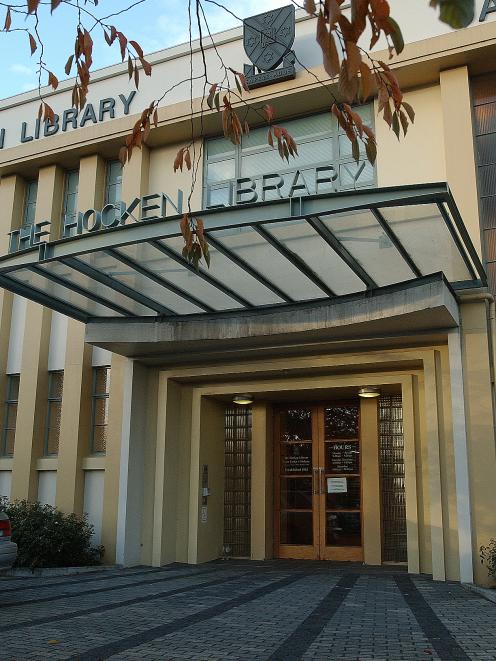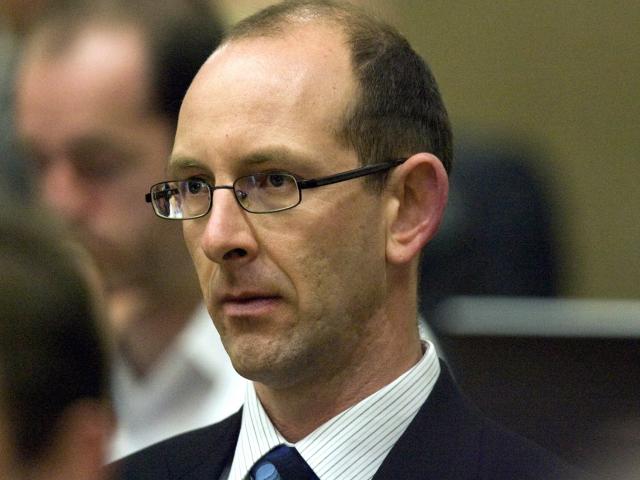
It really matters not. What is important about that message is the value it places on the collection and preservation of our historical papers, books, photographs and myriad social treasures, so that we may appreciate where we have been but also help guide the path for where we want to go.
This is especially important at a time of rapid social change, when the noise of the world around us and the pace of its movement can seem overwhelming.
So, it should be of some concern for all of us to read that the Hocken Collections' building, repository of a large chunk of our history - it is the largest collection held by a New Zealand university - and one of Dunedin's unsung charms, is literally running out of space.
The University of Otago has received a report outlining the seriousness of the situation. The building is bulging at the seams with collections relating to New Zealand's history, culture and natural environment, and a plan is needed to safeguard its role in the future.
The numbers are fascinating - 330,000 published volumes, 10km of archives, 17,000 artworks, two million photographs, an estimated value of $120million - but the value of our history is taken with more intangible measurements. And, at a point when we are preparing for the long-overdue compulsory teaching of New Zealand history in our schools, that value must not be underestimated.
The instinctive answer to solving the Hocken problem is to find more space, somewhere, for all of those government records and court records and school records and health records.
Inevitably, though, the focus will turn to digitisation, a process already well under way at all of New Zealand's major archives.
Having digital access to all of these records will make them easier to access and simpler to handle, and avoid that nagging issue of running out of shelves.
There is something romantic about poring over a dusty old book of fascinating information - but history is not fussy about what form it takes, and if it means preserving more of it, virtual storage spaces are the answer.

It is not easy to know immediately how to react upon hearing news the Bain family murders are to be made into a drama series by the company that produced Married At First Sight and The Big Bang Theory.
Cynics will question the point of such an exercise when the murders have been covered so exhaustively in the public sphere since June 1994.
Is there really anything new to be learned about the tragic events at 65 Every St? Will those who remain adamant David Bain, acquitted at a 2009 retrial, committed the murders, or those who still argue father Robin was the murderer, find anything to cause them to revisit their stance?
Some might even question if we should be using such horrific events as the basis for a television drama.
Yet there is clearly merit in exploring dark events through the medium of entertainment. In the right hands - as Robert Sarkies showed with his 2006 film, Out Of The Blue, based on the Aramoana tragedy, though even that was not developed without controversy - a creative endeavour can respectfully tell the story of an event many would rather forget.
And there is clearly still huge interest in the Bain case. Stuff reports the Black Hands podcast - it will lend its name to the television series - from veteran journalist Martin van Beynen was downloaded over three million times.
Perhaps we should reserve judgement until the credits roll. But it is understandable that Dunedin viewers, in particular, will cast an especially critical eye on the series.












